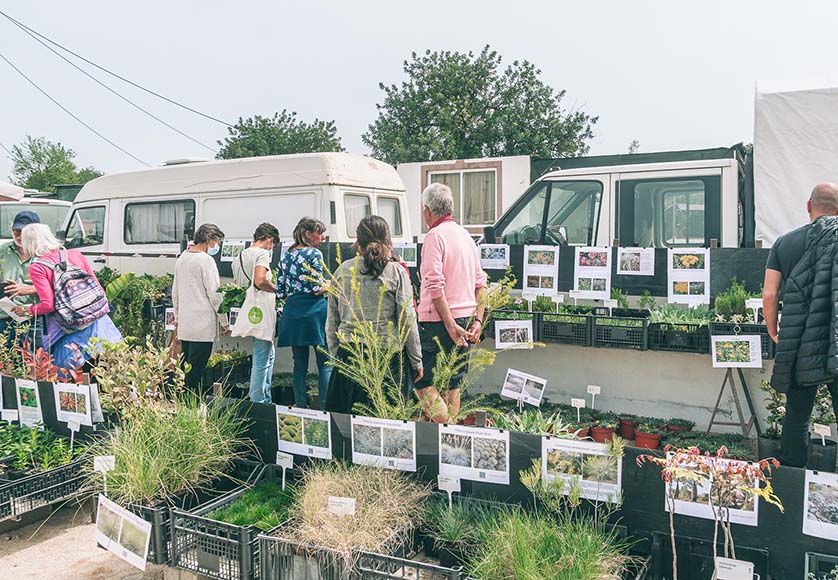How do you tell the difference between a botanist and a gardener? A botanist will ask what family a plant is in, and a gardener will ask how big it grows.
Perhaps we need some guidelines for our drought-tolerant plant choices. The plant kingdom is made up of layers, just like a family tree. First there are plant families, within the family are the genus and then, within them, are the species.
To take one example, the pea family or Fabaceae (known as the Legumes) with the defining characteristics being the nitrogen fixing nodules on the roots and very distinctive pea-like flowers. This plant family has everything from annuals, herbaceous perennials and vegetables to shrubs and trees.
This family is also well represented in the Algarve flora – lupins, lathyrus, coronilla, genista, judas tree and the carob tree as well as the favas and all the bean family in the vegetable garden (the carob has the botanical name Ceratonia siliqua). Many are drought-tolerant and well adapted for use in our Algarve gardens. There are 45 genera in the Portuguese native flora.
A good way to find suitable plants for our Mediterranean gardens is to look out for other members of successful plant families already established here, for example the mint family. The botanical name Labiatae refers to the tongue-like lower protrusion seen on flowers. A great way of identifying plants in this family is the generally distinctive square section to the stems.
This family contains really useful garden plants such as lavenders, phlomis, rosemary, stachys, plectranthus, also nepetas and salvias. It also contains many aromatic herbs such as mint, basil, oregano, thyme and sage. Not surprising to learn that this family alone has 238 genera and 6,500 species for you to choose from.
A word of warning, plant names on nursery labels are generally there as a guide only. There are examples of good practice about in the trade, but it really is ‘buyer beware’ in many garden centres and some nurseries, both here and in other countries. The reluctance by many to use Latin names almost forces growers to go for the transforming and more attractive common names such as ‘Snow Queen’ – a rose, a phlox and a hydrangea all have this name.
At the Autumn Mediterranean Garden Fair in Estoi on October 29 and 30, you will find a full range of plants and products for you and for your garden. The MGAP stand will have a large range of bulbs available – for naturalising and for containers.
Amongst the 22 plant nurseries and 15 sundry suppliers, there are some well-tried native and drought-tolerant specialists such as the popular Jardim Seco from Tavira. There are also some new exhibitors with information and sales on drought-tolerant tropical and sub-tropical fruit trees. We also have a new stand with the famous Olla terracotta watering pots, and another with lovely colourful square ceramic plant pots. SIGMETUM will come with their native and mediterranean plant selections, Sementes de Portugal with native plant seeds, and there will be culinary and aromatic herbs for sale.
For more information, check out our website and Facebook page. A full list of exhibitors will soon be available, and you can make pre-orders to collect at the event.
I know, I know, a rose by any other name would smell as sweet, but for the true plant nutter looking for Paeonia mlokosewitschii then only the real thing will do. So, if you can’t say it, just point!
More info on the garden fair available at www.mgaportugal.org
Rosie Peddle – mgapsec@gmail.com
By ROSIE PEDDLE




















